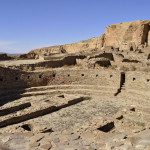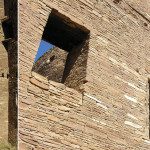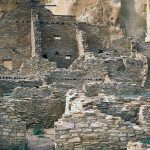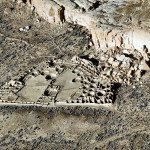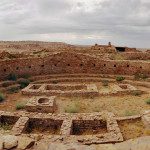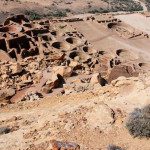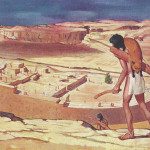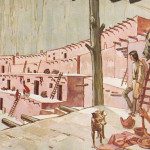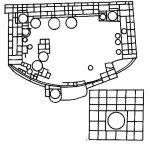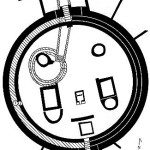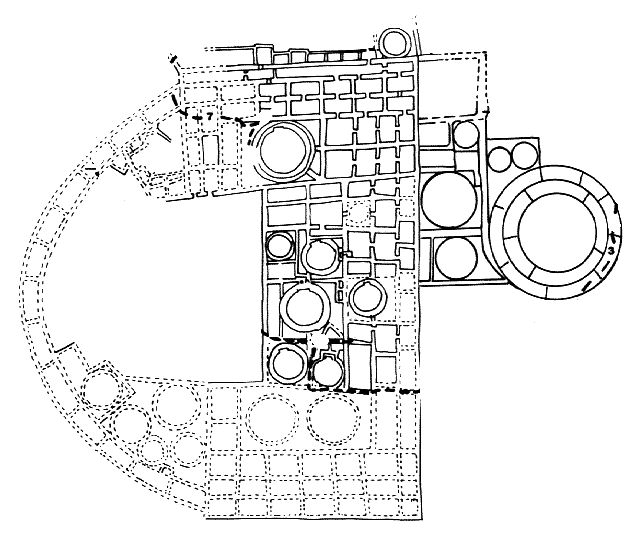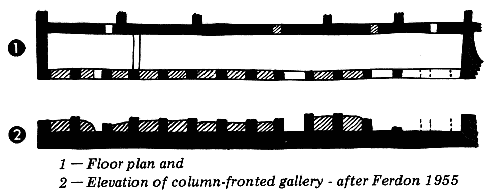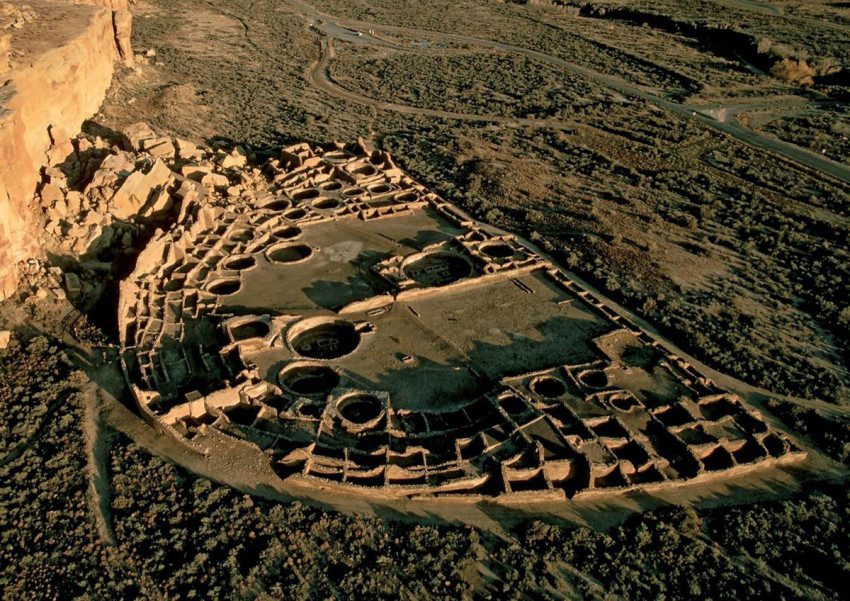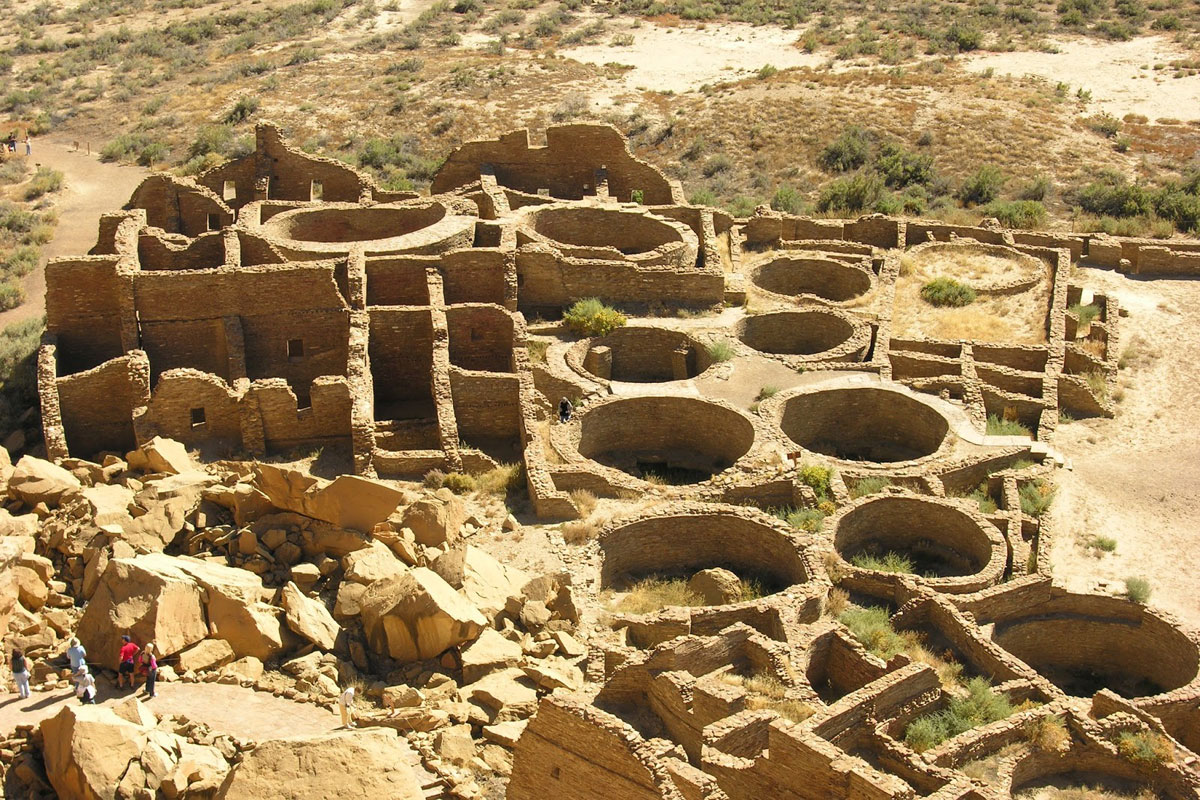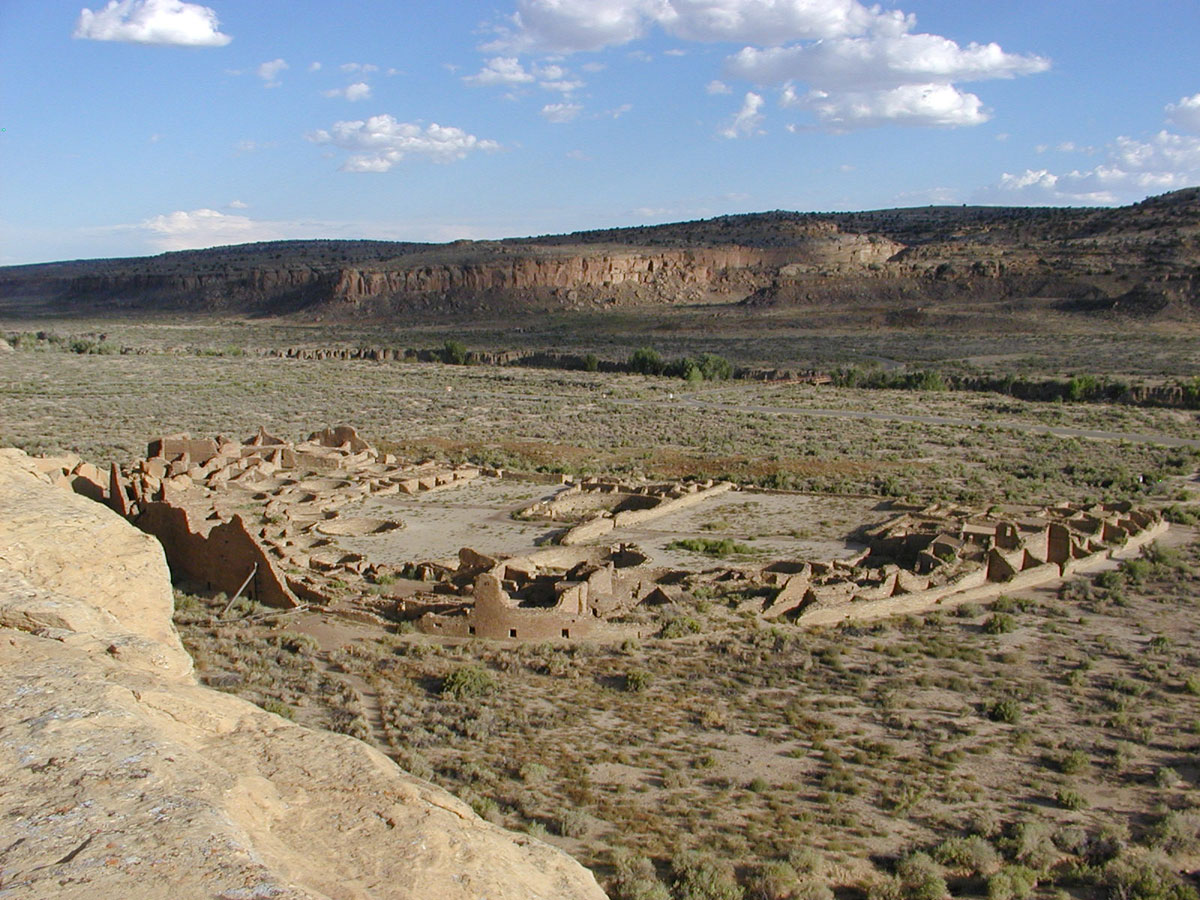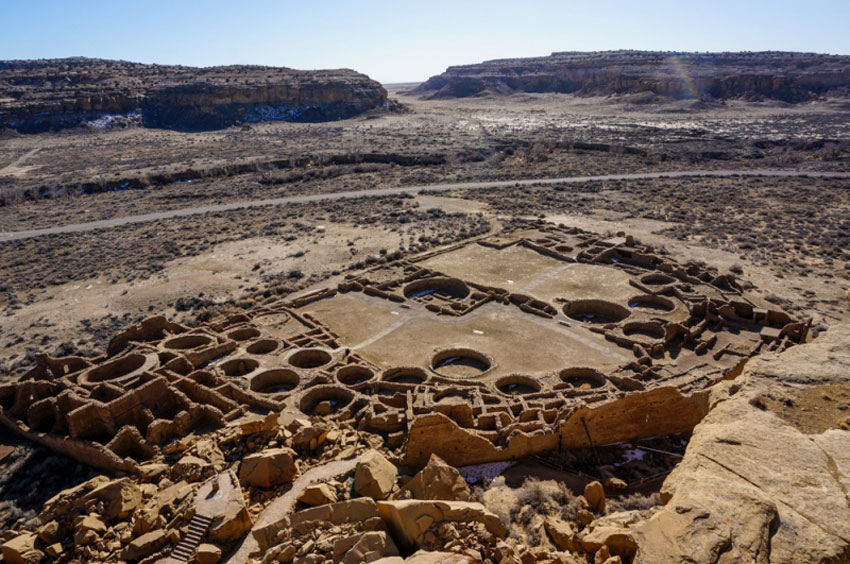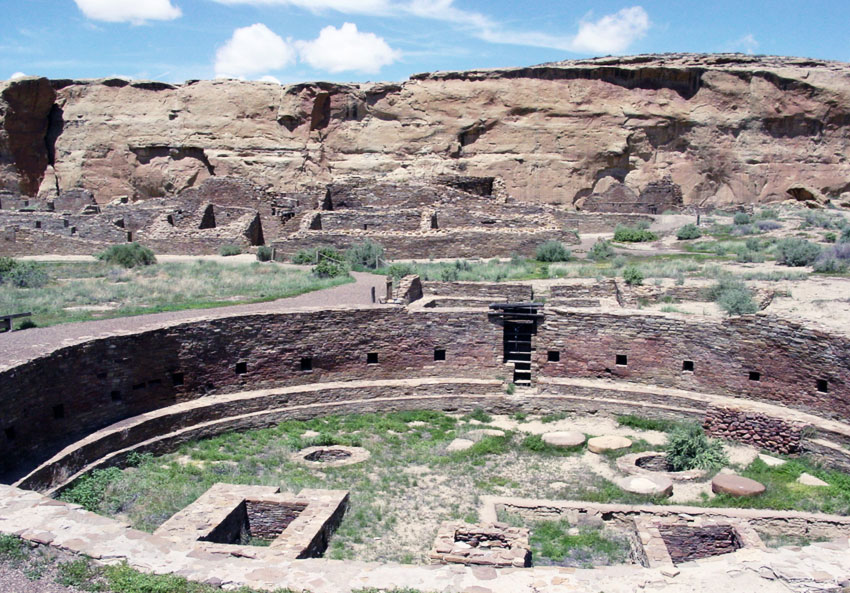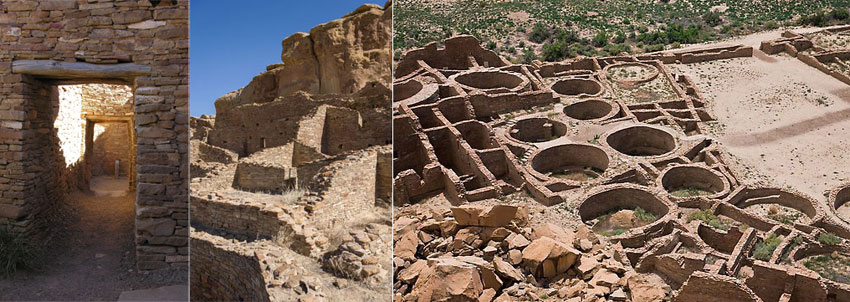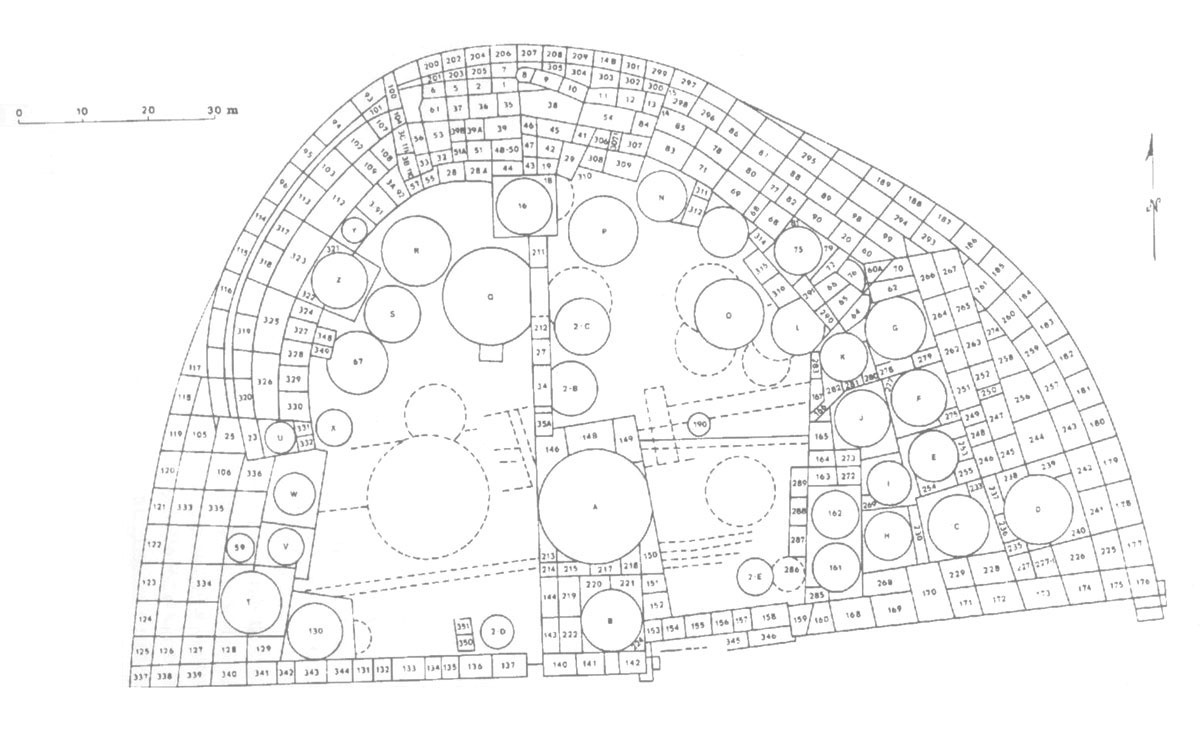Pueblo Bonito, which translates to ‘beautiful town’ in Spanish, stands as the most prominent and extensive ‘great house’ in the Chaco Culture National Historical Park, located in the rugged northern landscape of New Mexico. Constructed by the Ancestral Puebloans, a highly advanced and organized society, the impressive structure reveals their exceptional skills in architecture, planning, and engineering.
The monument’s life spanned between AD 828 and 1126, marking nearly three centuries of cultural, societal, and architectural development. Each corner of the extensive compound tells a story of the Puebloans’ innovative societal structures, their connection with celestial bodies, intricate ceremonies, and a deep understanding of their environment. The site continues to be an invaluable resource for historians, archaeologists, and anthropologists in their quest to unravel the rich history and complex lifestyle of the Ancient Puebloan society.
Pueblo Bonito: Chaco Culture Technical Information
- Architects: Unknown / Puebloan culture
- Typology: Cultural Architecture / Vernacular Architecture
- Location: New México, USA
- Completion: Between AD 828 and 1126
- Evocative topics: Vernacular, Stones, Ruins, Round plan
- Sources: Tectonica Blog & US National Parks
- Photographs: © Wikipedia Commons
Pueblo Bonito is the most thoroughly investigated and celebrated cultural site in Chaco Canyon. Planned and constructed in stages between AD 850 to AD 1150 by ancestral Puebloan peoples, this was the center of the Chacoan world.
– USA National Park Service
Pueblo Bonito: Chaco Culture, New Mexico Photographs
The Chacoan Era and the Complexity of Puebloan Culture
Archaeologists call Pueblo Bonito a “Chacoan great house.” This monumental public building served surrounding communities and the region when Chaco was a major center of Puebloan culture between A.D. 850 and 1150. Pueblo Bonito, the Spanish word for “Beautiful town,” is the largest and best-known great house in Chaco Culture National Historical Park.
This building embraced many roles. Those functions included ceremony, administration, trading, storage, hospitality, communications, astronomy, and burial of the honored dead. Only a small portion seems to have served as living quarters.
More than 600 rooms towered four and five stories above the valley floor, covering 3 acres. The building’s unique D-shaped geometry enclosed two plazas with dozens of ceremonial kivas. Straight avenues linked the building with nearby and distant great houses. During later construction, some lower-level rooms were filled with debris to better support the weight of the upper levels. The builder’s use of core-and-veneer architecture and multi-story construction produced massive masonry walls as much as 3 feet (0.91 m) thick.
Pueblo Bonito is a testament to the resilience and innovation of the Chacoan people, silently speaking volumes about a civilization that continues to mystify and inspire us.
Pueblo Bonito is divided into two sections by a precisely aligned wall, which runs north to south through the central plaza. A Great Kiva is situated on either side of the wall, creating a symmetrical pattern common to many of the Great Houses. In addition to the Great Kivas, over thirty other kivas or ceremonial structures have been found, many also associated with the large central courtyard. Interior living spaces were quite large by the standards of the Ancient Pueblo.
Population estimates for the village vary. During the early 20th century, the structures were viewed as small cities, with people residing in every room. From this perspective, Pueblo Bonito could have accommodated several thousand inhabitants at its peak. Recent analysis has lowered the estimated population to less than 800, primarily due to the small number of usable hearths in the ruins. An analysis based on architecture estimated the resident population at 12 households or about 70 people at its peak.
These tend to be located on the ground floor, near the central plaza and are associated with entrances to a series of rooms going deeper into the structure. Rooms were connected by a series of interior doorways, some of them in a T-shape. A family may have inhabited 3 to 4 rooms, with many small interior spaces being used for storage. There was generally no outside access to the room blocks other than from the central courtyard.
The archeologist Mary Metcalf estimates that 805,000 man-hours were required to build Pueblo Bonito’s main structure.
Pueblo Bonito Plans
Pueblo Bonito Gallery
